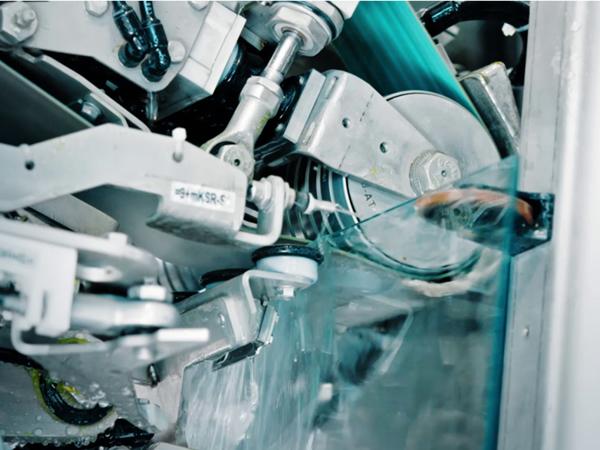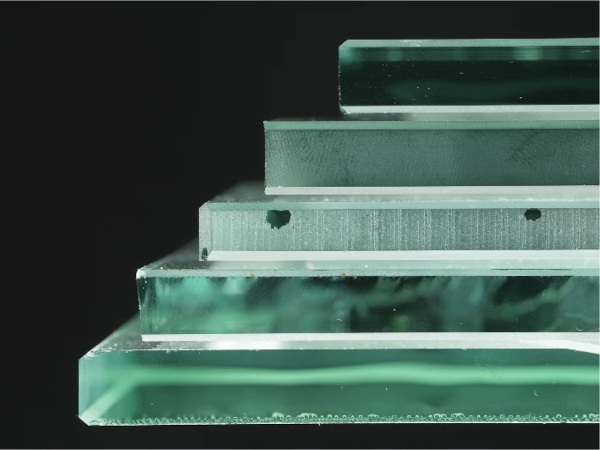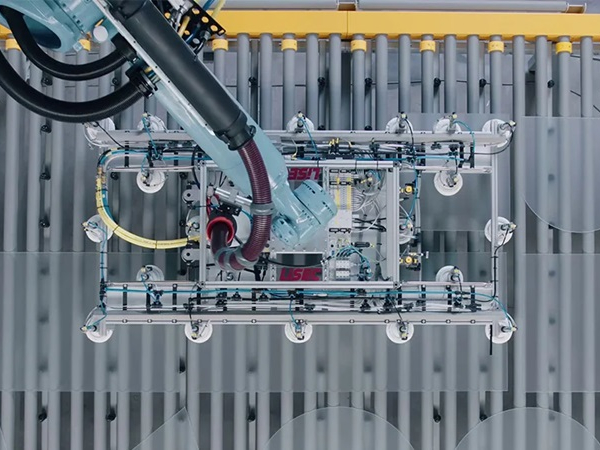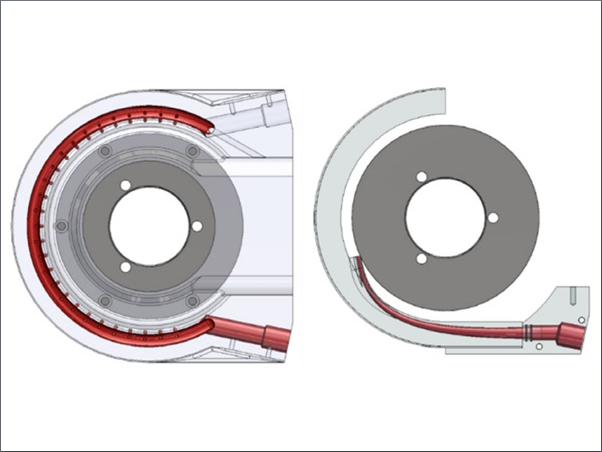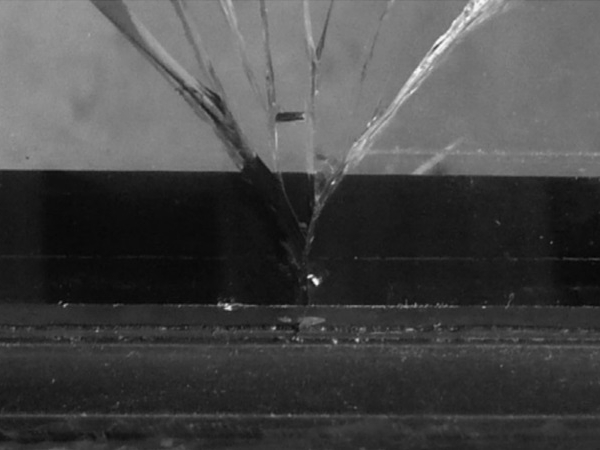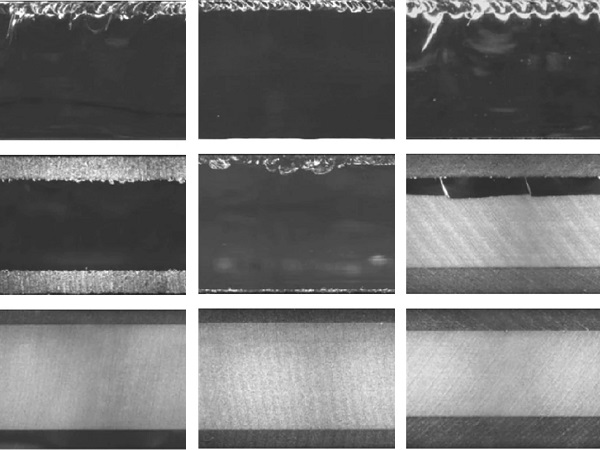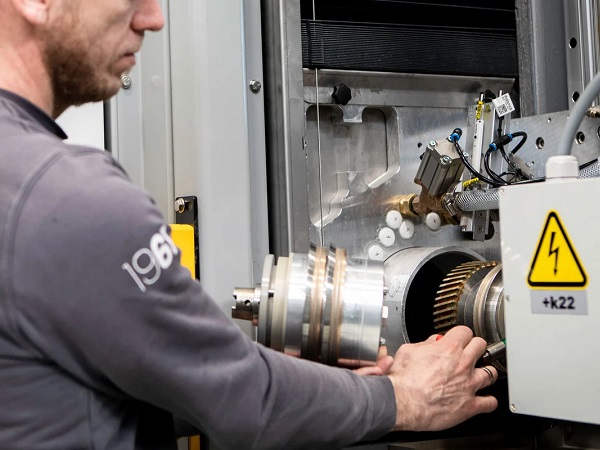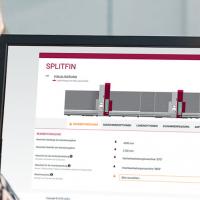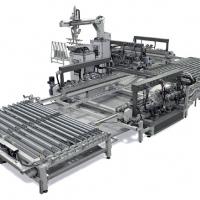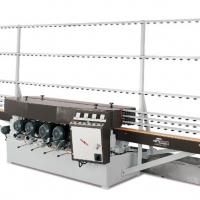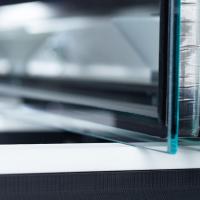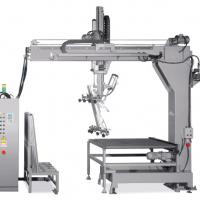With a simple upgrade, it is possible to modify existing and even slightly older systems. By replacing components, you increase your productivity, reduce the cost of consumables and maintenance, and extend the life cycle of your system.
You can use LiSEC machines for many years. The life cycle of the individual components installed in the system varies. With LiSEC LONGLiFE you can extend the life cycle of your entire system by replacing obsolete components. With this, LiSEC offers modifications that go beyond the normal sale of spare parts. At the same time, LiSEC is constantly developing innovations. Thanks to LiSEC LONGLiFE, you can employ many of these new developments in your existing systems.
BETTER MEASUREMENT RESULTS REDUCE THE COSTS OF DOWNSTREAM PROCESSES
The improved sensor technology for glass edge measurement is one such innovation. When equipped with it, glass edge deletion machines are able to measure the length of the individual sheets even more accurately. This facilitates consistently high edging quality. The background to this: The production speed in the system is 30 metres per minute. The positioning speed can even reach 60 metres per minute.
If the length measuring system reacts just a few milliseconds too late, the result is an inaccuracy of one millimetre. As a result, the finish quality at the trailing edge no longer satisfies the requirements. This slight inaccuracy can have serious consequences for downstream processes and may result in high costs. Because consistently high edging quality is important for two major reasons:
- During further processing as safety glass, the workpiece is thermally treated. It is uniformly heated to over 600 degrees, and then cooled down again rapidly. Micro-cracks are produced with all conventional glass cutting. The aim of the edging is to grind these away completely. However, if the edging quality is poor then micro-cracks remain. If the workpiece is subsequently exposed to extreme temperature fluctuations during further thermal treatment, these cracks can lead to ruptures. This also brings the production line to a standstill, because the broken glass must first be removed from the system.
- An optimum finish along the glass edge improves working safety. Because the sharp breaking edge of a workpiece is just as capable of cutting as a scalpel. Employees who carrying the glass sheet could be injured by it. In some countries, regulations even prohibit employees from touching workpieces with such sharp edges.
AN UPGRADE WITH THE NEW SENSOR TECHNOLOGY PROVIDES YOU WITH THESE 6 ADVANTAGES:
Even older glass edge deletion machines from LiSEC can be equipped with the new sensor technology within the framework of LiSEC LONGLiFE. The modification is completed within one day. During this work, LiSEC service staff replace the mechanical solution with the programmable sensor. This straightforward modification of your LiSEC system offers you numerous advantages:
- The new sensor requires considerably less maintenance than the mechanical solution installed in older systems. Because the sensor is programmable, there is no need for your employees to make further adjustments.
- The modification accelerates the reaction speed of the sensor, and therefore also the entire system. This means that the entire process runs more evenly.
- The grinding belts of the system are subject to less stress. It is therefore necessary to change these less frequently, meaning that you save consumables and therefore also costs.
- The workpieces output by the glass cutting machine exhibit higher and more consistent quality. This advantage is particularly apparent in downstream processes, such as further processing as safety glass or refinement steps: Glass sheet breakage is less frequent, and you enjoy a significant reduction in waste and the associated high costs.
- With the new sensor technology you can achieve higher output levels with the existing resources (systems, consumables, workpieces). Meaning that your company operates more sustainably than before. Sustainability is also becoming an increasingly important decision criterion in B2B business.
- The modification costs are low and are therefore amortised within a very short time. The exact duration depends on your specific circumstances.
Your LiSEC glass cutting machine can be upgraded very quickly. On request, you will receive a detailed quotation tailored to your individual needs. The modification itself includes the following services:
- A new bracket including a new sensor increases the measuring accuracy.
- A sound insulation hood reduces noise pollution.
- Once the modification is complete, a LiSEC service technician will perform a test run on site. This ensures that the system parameters are optimally adjusted.
CONCLUSION: IN THIS WAY, EVEN OLDER SYSTEMS DELIVER OPTIMUM EDGING QUALITY
LiSEC systems are designed for long-term use in industry. With LiSEC LONGLiFE, you can also benefit from innovations that LiSEC develops during the service life of your system. One example of this is the new sensor technology that LiSEC also offers for older glass cutting machines. This upgrade requires little effort on your part. At the same time, it offers you numerous advantages and you can increase your output and reduce costs with the same amount of resources.

